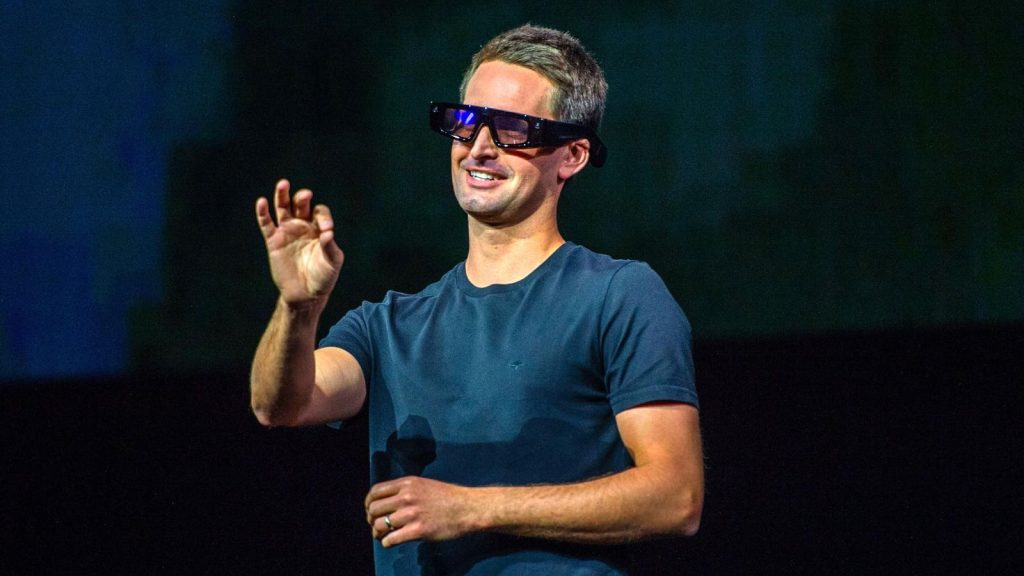Fei-Fei Li’s World Labs comes out of stealth with $230M in funding. The former head of AI at Google Cloud, Li is often called “the godmother of AI.” She has officially launched her new startup, World Labs, with $230 M in funding. The company aims to develop AI systems that understand and interact with the 3D physical world, moving beyond traditional 2D AI models. World Labs is focused on building what they call “large world models” (LWMs) that can perceive, generate, and engage with three-dimensional environments, similar to human spatial intelligence. The funding came from prominent investors, which include notables like Andreessen Horowitz, NEA, and Radical Ventures, alongside contributions from industry figures like Marc Benioff and Nvidia’s NVentures. This substantial investment, quietly raised over two funding rounds, has already valued World Labs at over $1 billion. The company expects to release its first products by 2025, with potential applications in various industries, from robotics to games.
Snap introduces Spectacles 5.0. For now they’re just for developers of Snap Lenses, who pay $99/month to “rent” the new AR specs. The new glasses are extraordinary in two ways: first, they are see-through; the AR is laid on top of your view of the physical world; they do not work like Quest3 and Vision Pro, which see the world through cameras; and, second, they are stand-alone, untethered from a smartphone, with batteries in their fat unsightly wings that can run the dual Qualcomm processors for about forty minutes. The only other stand-alone see-through headset is the Microsoft HoloLens, which is on shaky ground. The other see-through HMD, Magic Leap, has turned away from hardware and is licensing its technology instead. Snap’s take on glasses here is that you’ll bring them with you and pop them on for location based entertainment. You can also share 3D space with your friends, even if they are remote from you.
Neuralink received the FDA’s “breakthrough device” designation for its experimental implant, Blindsight, which aims to restore vision for people with severe impairments. This cutting-edge brain implant is designed to connect directly to the visual cortex, potentially allowing even those who have lost their eyes or optic nerves to see. Musk highlighted that the initial vision quality would be low resolution but could eventually surpass natural vision, offering capabilities like seeing in infrared or ultraviolet. The FDA’s “breakthrough device” designation accelerates the development and review process for medical devices addressing life-threatening conditions, positioning Neuralink’s technology closer to real-world applications.
Lionsgate, known for films like John Wick and The Hunger Games, has partnered with AI startup Runway to create an AI model trained on its extensive media portfolio. This model will streamline production tasks such as storyboarding, editing, and generating special effects, boosting efficiency in the studio’s workflow. Vice Chairman Michael Burns anticipates significant cost savings, projecting “millions of dollars” in reductions. This partnership is the first of its kind in Hollywood but signals a broader shift toward AI-driven production in the entertainment industry.
HTC has announced its latest high-end VR and mixed reality headset, the Vive Focus Vision, priced at $999. Designed with enterprise users and enthusiasts in mind, it features a 5K LCD display (2.5K per eye), a 90Hz refresh rate, and a 120-degree field of view. Future updates will enable a 120Hz refresh rate via DisplayPort. The headset includes eye-tracking, color passthrough for mixed reality, and hand tracking supported by four external cameras. One standout feature is its swappable battery, allowing continuous use without shutting down. Additionally, the DisplayPort kit allows direct PC connection, ensuring lag-free experiences for SteamVR users.
Can Palmer Lucky save the HoloLens? The Oculus founder’s defense tech company, Anduril Industries, has partnered with Microsoft to enhance the U.S. Army’s Integrated Visual Augmentation System (IVAS), a mixed reality headset built on Microsoft’s HoloLens 2. Anduril is integrating its Lattice platform into IVAS, boosting its ability to provide real-time threat detection and battlefield awareness for soldiers. This collaboration aims to address previous challenges faced by the IVAS program, including issues with durability and sensor performance, while improving overall functionality. The partnership could significantly advance the Army’s use of augmented reality in combat scenarios
Kafka’s Metamorphosis Comes to Quest October 10th. If you ever wanted to be a bug, now is your chance. This original Kafka adventure will transform players into Gregor Samsa, who wakes up as a giant insect. The game takes full advantage of VR’s ability to shift perspectives, offering players a bug’s-eye view of a bizarre, Kafkaesque world.
“Mean Orange Cat” was created by a team of filmmakers, led by Don, an LA-based editor working on trailers and commercials. Because of potential blowback from colleagues, and because the cat is made by a team, Don did not want to share his full name. “I’ve been working in the AI space for a little over a year now but only started publicly posting work about six months ago,” he said. “Right now we’re doing quite a few movie parodies (tributes) but slowly looking to do original stories with the character now that he’s a bit more established. Mostly just having fun with all this so no huge plans for the IP currently.” The Mean Orange Cat’s preferred tools are Leonardo, Runway, Haiper, and Luma Labs.
This column, formerly called “This Week in XR,” is also a podcast hosted by author Charlie Fink, Ted Schilowitz, former studio executive and co-founder of Red Camera, and Rony Abovitz, founder of Magic Leap. This week our guests are John Attanascio and Lisa Huang, co-founders of Toonstar AI animation studio. We can be found on Spotify, iTunes, and YouTube.
What We’re Reading
The State of XR in China (Tony Vitillo/Skarred Ghost blog)
Read the full article here






